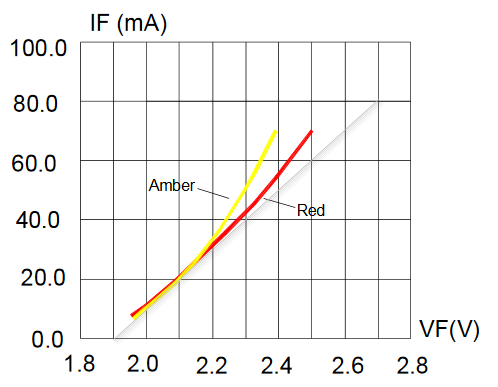I am currently having a problem wrapping my head around a pretty simple problem.
I know in multiple sources when taking into account considerations and assumptions of powering an LED you can use it's forward voltage, minus this from the supply voltage, and you obtain the voltage dropped over your current limiting resistor and hence calculate the resistance value to limit the current to a required current level for the LED.
However I have been reading further and it is my understand that from the LED I-V curve and it's exponential behaviour that when standard supply voltages are applied across the LED it will cause a large current to flow and exceed it's (current) specifications and fail. Therefore why if you apply a voltage source below it's forward voltage it will work without a current limiting resistor. So far so good.
However when you put a resistor in series, the voltage across the LED drops to it's forward voltage level and from that you can calculate the resistance value for the current etc etc. I have seen multiple (internet/forum) sources that this works for voltage sources from 5-12V for typical ~2V LEDs.
Therefore my question is: 1. If there is an assumption, which I suspect there is, that allows for a series resistor to instantly allow the LED to be at forward voltage regardless of anything else. I.e. different values of supply voltage and resistors etc, without much variance? Is there a more accurate method to calculate the forward voltage by taking into account more variables, i.e. some sort of mathematical proof apart from assuming the forward voltage is now occuring?
Any help would be greatly appreciated! Hope you have a nice day!
Regards.


